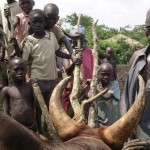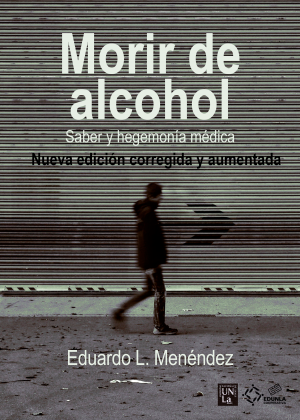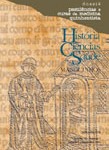December, 2020

The potential risks of medical waste are manifold: infectious material such as infected blood, human tissues, or body parts can spread diseases and sharp objects can cause injuries, especially for people scavenging on waste disposal sites, a common practice in low-income countries.
According to the World Health Organization (WHO), medical waste represents a global health challenge. Hospitals and other healthcare facilities such as laboratories, research centers, autopsy centers, blood banks, and nursing homes all generate waste, of which approximately 15% may be infecious, toxic, or radioactive.
The article Medical waste: the dark side of healthcare, by Distinguished Professor of the College of Liberal Arts at Shanghai University tries to unravel the various arguments and frames that have characterized the debates since its emergence in the 1980s.
The paper, is part of the dossier “The meanings of global public health” (HCSM vol. 27, Jun. 2020) and shows how the framing of the question has shifted over the years, as discussions and questions have been shaped by costs, convenience and safety.
Read in Manguinhos:
Covid-19, Salud Global e Historia “Resultaría beneficioso que alguna institución tome la iniciativa para planificar el futuro de la Salud Global tomando en cuenta a la historia.” Iris Borowy, Distinguished Professor en la Universidad de Shangai, analiza la actual pandemia a partir de epidemias de las ultimas décadas.
Beyond Europe and North America “Journals such as História, Ciências, Saúde– Manguinhos do a great service to global academia because they establish excellent academic work as a normal part of the Global South, and the Global South as a normal part of excellent academic work,” Iris Borowy, Distinguished Professor at the Center for the History of Global Development at Shanghai University.
The meaning(s) of global public health history The papers were prepared before the pandemic, but they are relevant to the moment, as Covid-19 challenges the common assumptions of transnational health.
Borowy, Iris. Medical waste: the dark side of healthcare. Hist. cienc. saude-Manguinhos, Sept 2020, vol.27, suppl.1.
Borowy, Iris. East German medical aid to Nicaragua: the politics of solidarity between biomedicine and primary health care. Hist. cienc. saude-Manguinhos, Apr 2017, vol.24, no.2.







